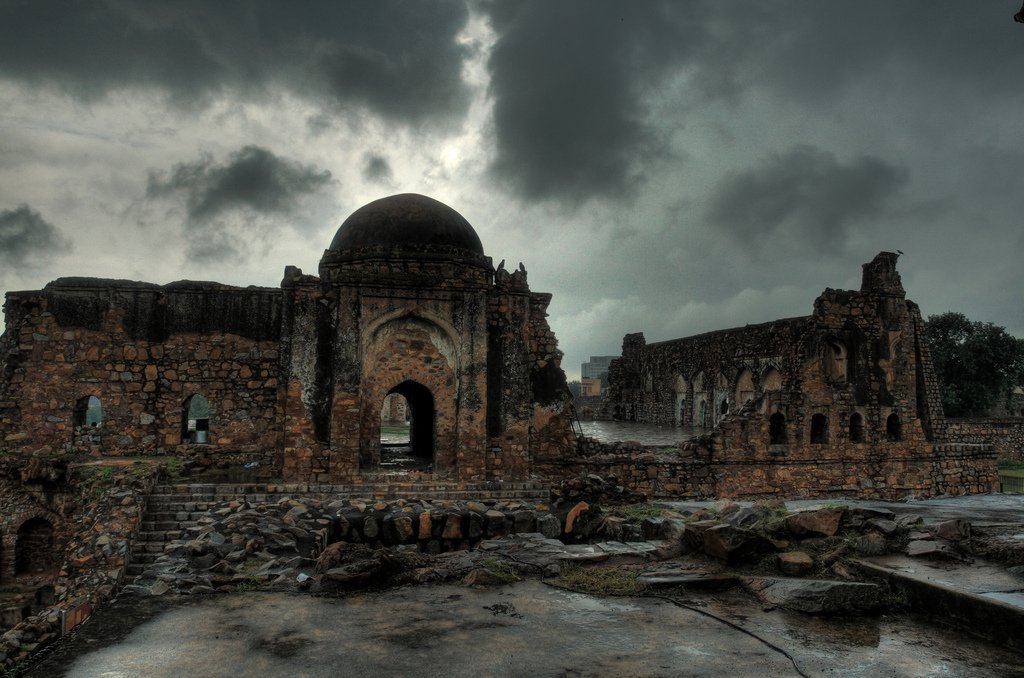Airports have a major roll to get peoples and products from one place then onto the next. place, there numerous are ranges all through the world that don’t have the best conditions for an airport.
Engineers work countless hours to make runways in these spots where airports were not thought conceivable. The marvels of advanced engineering & designing have allowed us to build airports where they truly shouldn’t be. The interesting areas of these runways and air terminals cause issues when conditions are not as much as great.
These airports regularly show challenges in view of their geographic area or because of their design, as a result of these issues, moving planes can be risky for many of the pilots who fly to these areas. Due to the difficulties of taking off and landing, these are thought to be the most risky airports on the planet. Here are some of the most extreme and hazardous airports from on the planet. They’re considered in that capacity because of nearness to mountain tops, cliff faces, crowded shorelines or beaches, main roads & streets or other non-conventional features.
1. Princess Juliana Airport, Saint Martin
This international airport serves the Dutch part of the island of Saint Martin. Because of a short runway and extremely close to the beach, the airport is known for having giant planes fly over Maho Beach only 10-20 meters over the head of the tourists laying on the beach, bringing about stunning photographs.
Situated on the planet’s most highest mountains, the Himalayas, the airport is considered to be one of the most highest airport on the planet, situated at a height of 4334 meters. It additionally has a runway measuring 5.5 kilometers, the longest in the world. The lower centralization of oxygen at that altitude brings down the engine performance of the aircraft and is additionally distressful for newcomers.
The Ice Runway is the key runway for the US Antarctic Program during the late spring Antarctic field season because of its proximity to McMurdo Station. This runway is fit for taking care of giant planes. The annual sea-ice runway is constructed at the begin of every season and is used until early December when the sea- ice starts to breakup. Pilots landing cargo planes on the sea- ice runway report that the surface is steady, such as landing on concrete surface.
Despite the fact that the runway is as steady as a concrete one and handle giant aircraft, the danger emerges when the plane is grinding to a halt, as the wheels may break the ice outside layer bringing on the wheels to sink into the ice.
This airport is situated on Saba island in the Caribbeans. It is situated on one side by high hills and at both runway ends cliffs drop into the ocean. Moreover, the runway at the airport is generally short (400m) which makes a slightly higher risk for landing and take-off. Experienced pilots talk about it as a most dangerous airport in the world. The airport is officially close to the traffic however territorial airline propeller aircraft can land there under special waivers.
The island ruled by the Netherlands, is home to an airport so dangerous that it must be shutdown, unless approved for landing by the Civil Aviation Authority of the Netherlands Antilles. It has a 400 meter long runway surrounded by the ocean at both ends with a steep hills descending at one side of the airport.
The airport is served by small regional commercial aircraft and charters. Most visiting aircraft carry fewer than twenty passengers, such as the Twin Otter, a common sight throughout the northern West Indies and as a curiosum, the Canadian-built de Havilland Dash 7 is the largest aircraft ever allowed to operate this airport. The short airstrip is at the base of a gentle slope ending directly on the beach. The arrival descent is extremely steep over the hilltop traffic circle; departing planes fly right over the heads of sunbathers (although small signs advise sunbathers not to lie directly at the end of the runway). The airport is located at the island’s second-largest town, St. Jean.
This Caribbean island under the French organization uses a hill slope as a runway to bring down the pace of the landing aircraft. Because of the short runways, Only small aircraft with the limit of 20 passengers can land here.
The History Channel programme Most Extreme Airports ranks Gustaf III airport, which is casually referred to as “St. Barth’s”, as the 3rd most dangerous airport in the world.
For half a century pilots have expected to navigate snow-capped peaks and experience erratic weather to land on a runway only 500 meters in length that has been carved into a mountain edge and sits by a hazardous three-kilometer drop.
A litany of deadly crashes, including in October 2008 that killed all 18 on board except the pilot, has earned Lukla the nickname of the “world’s most dangerous airport”. With a runway just 460 meters in length, this airport is surrounded by mountains. It is named after the first people who climbed to the highest point of Mount Everest, Tenzing Norgay and Sir Edmund Hillary.
Madeira Airport is popular for its short runway tracks. However, the runway has been extended and is almost double in size. Madeira Airport is reliably recognized as one of the world’s scariest airport to fly into owing to its position between the sea and high mountains, which makes for a difficult approach. The runway was also extended in 2000, built as a stage with 180 columns suspending it over the waves and rocky shoreline.
Because of an absence of flat surface this present airport’s runways meets the peninsula’s’ busiest street. Traffic has to be stopped to prevent the accident during the takeoff of the aircraft. Gibraltar Airport or North Front Airport is a regular citizen air terminal that serves the British abroad region of Gibraltar, a modest peninsula with a region of just 6.8 square kilometers. The absence of flat space on Gibraltar implies the peninsula’s only runway is cut up by its busiest street, the Winston Churchill Avenue that heads towards the land border with Spain. A pair of unstable looking boundaries closes vehicular movement each time a plane lands or takeoff. Luckily, it’s not a busiest airport. It handles just around 30 flights a week, all flying to and from the United Kingdom.
Agatti airplane terminal is spread more than 18.56 hectares (45.9 sections of land). It has one asphalt runway, arranged 04/22, 1204 meters in length and 30 meters wide, while its terminal building can deal with 50 passengers during peak hours. Navigational aids include a DME and NDB. It is operated by the Airports Authority of India. Constantly up for a potential expansion (it’s exclusive 4,000 feet long), planes need to hazard the short runway to serve the nearest 36 Indian tourist islands.
10. Paro Airport, Bhutan
People traveling to this remote region may need to take something to steady their nerves. The tiny airport situated among the steep mountains of the Himalayas is said to be the most dangerous in the world. Paro Airport in Bhutan is 1.5 miles above ocean level and surrounded by sharp peaks of up to 18,000ft tall. With only eight pilots qualified to land at this Himalayan airport, it’s no big surprise travelers take anti-anxiety medicines before landing.
Kindly share us, like us and comment.






















